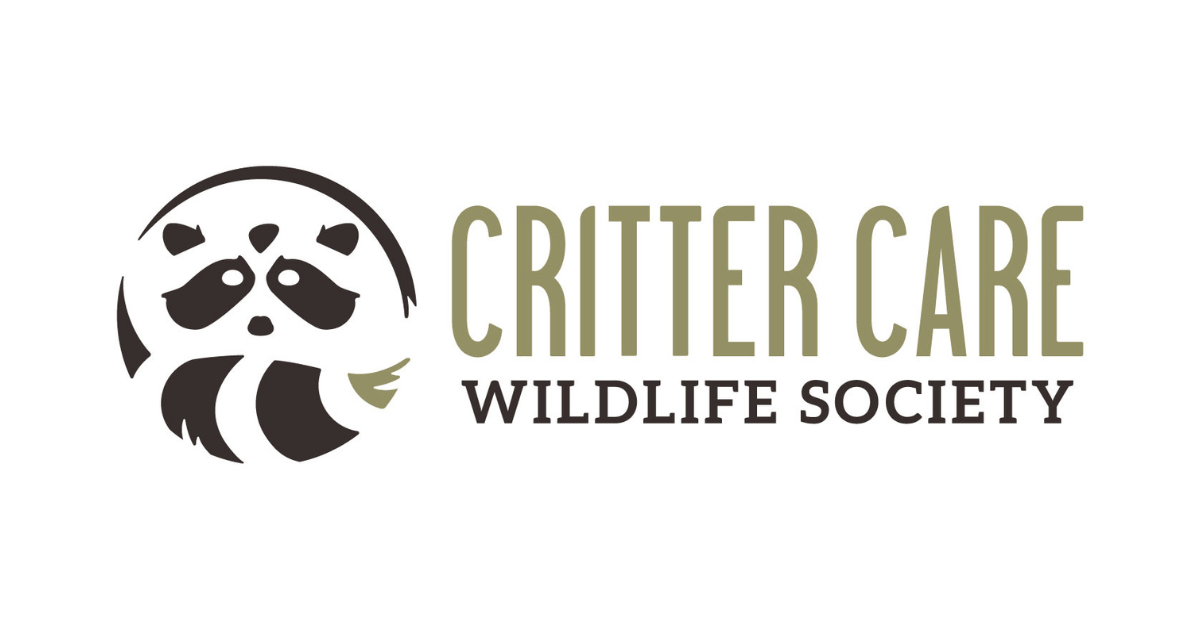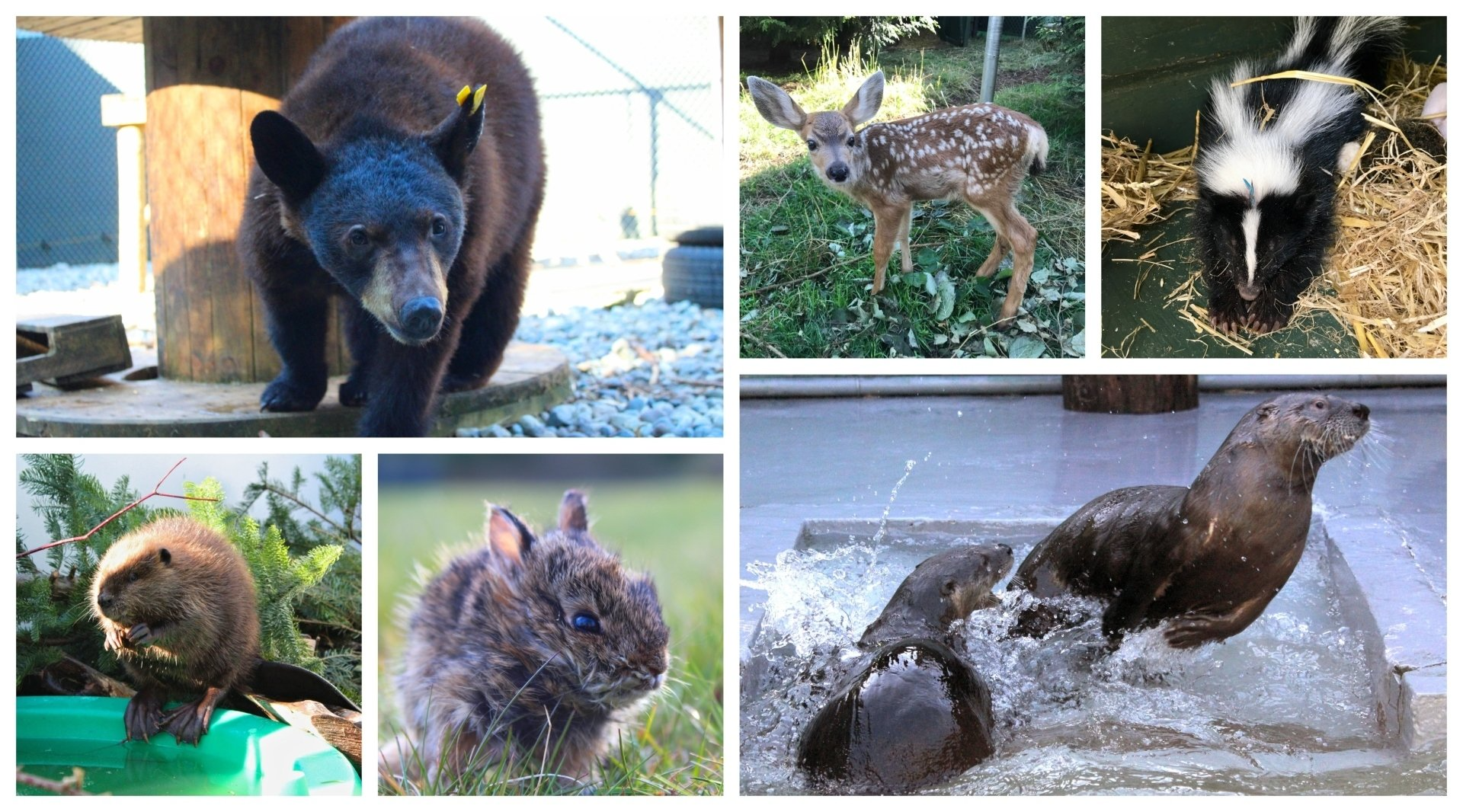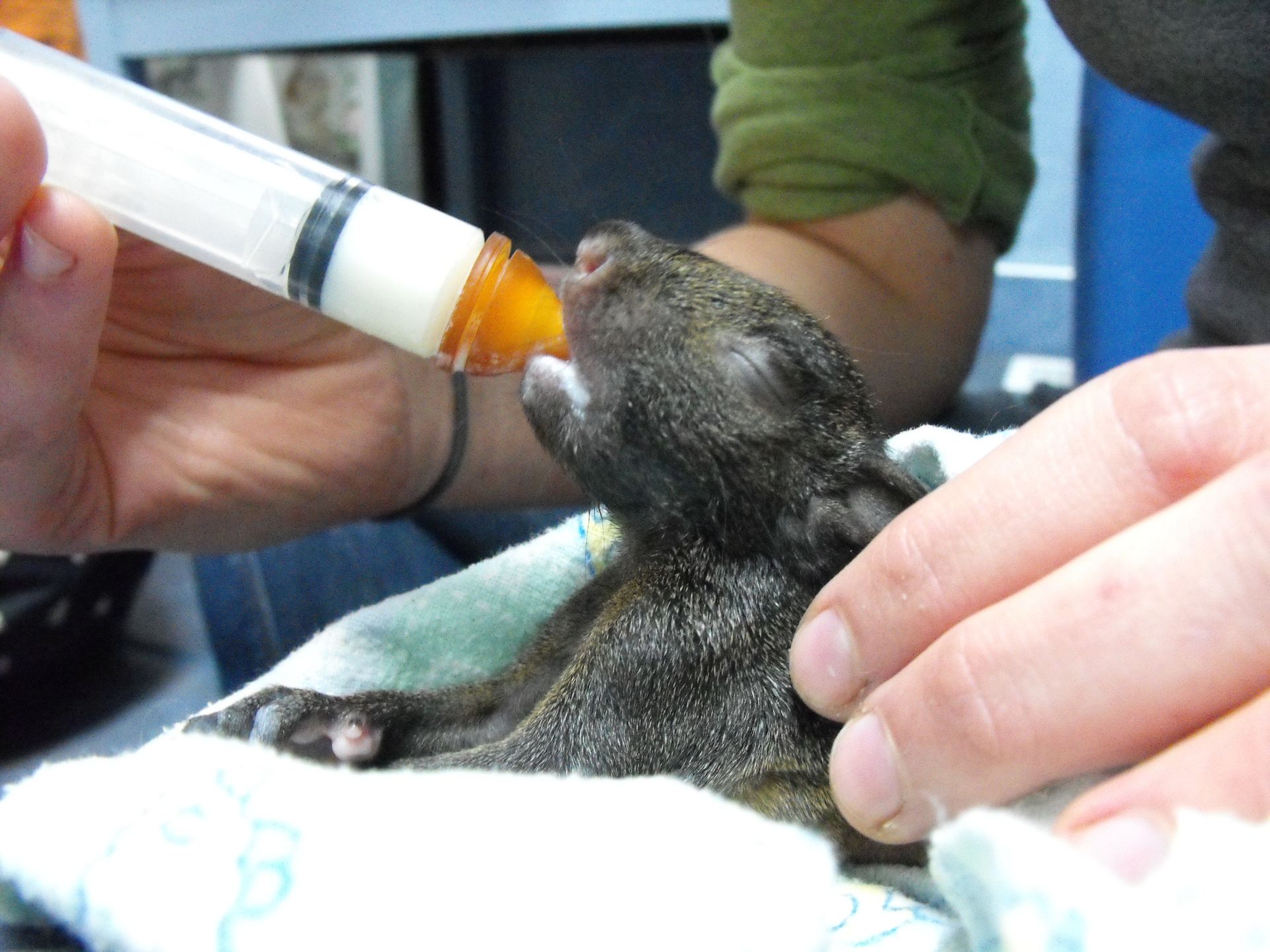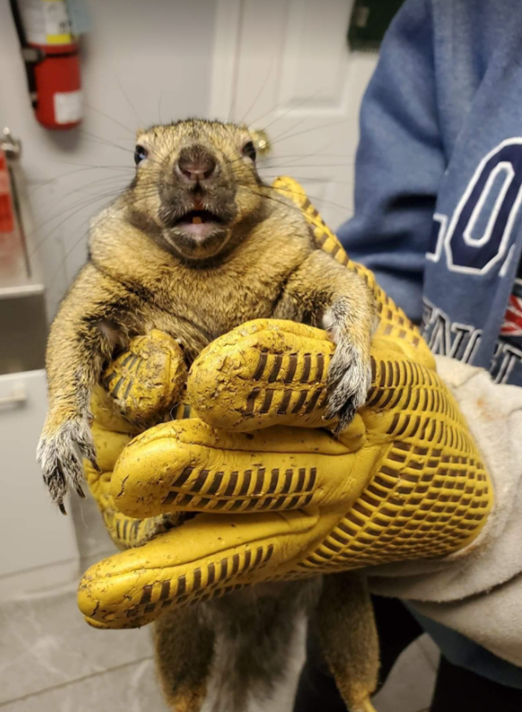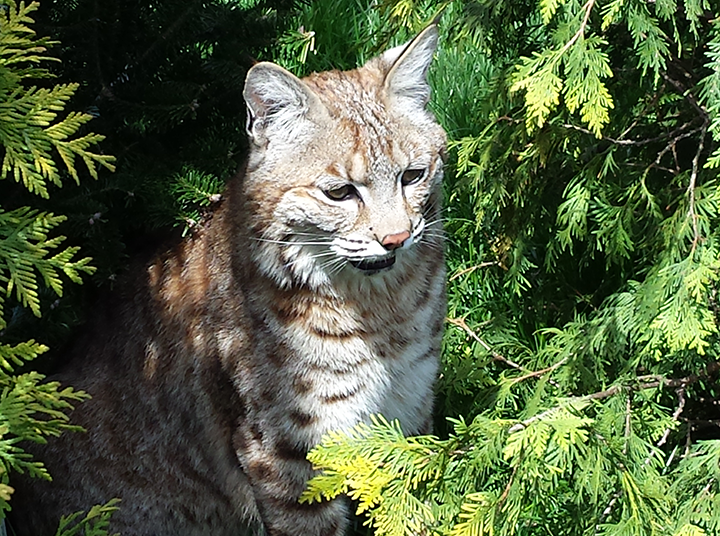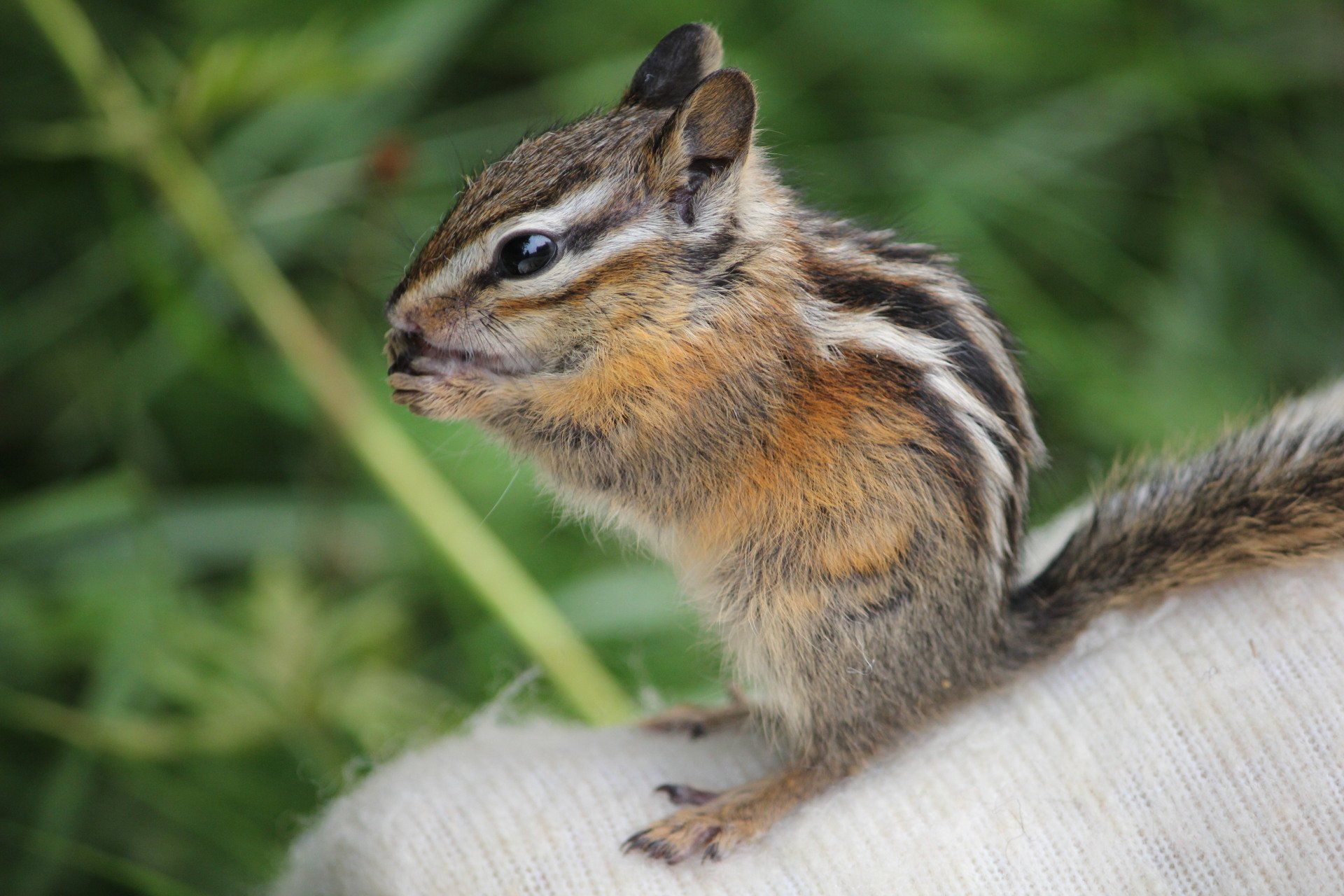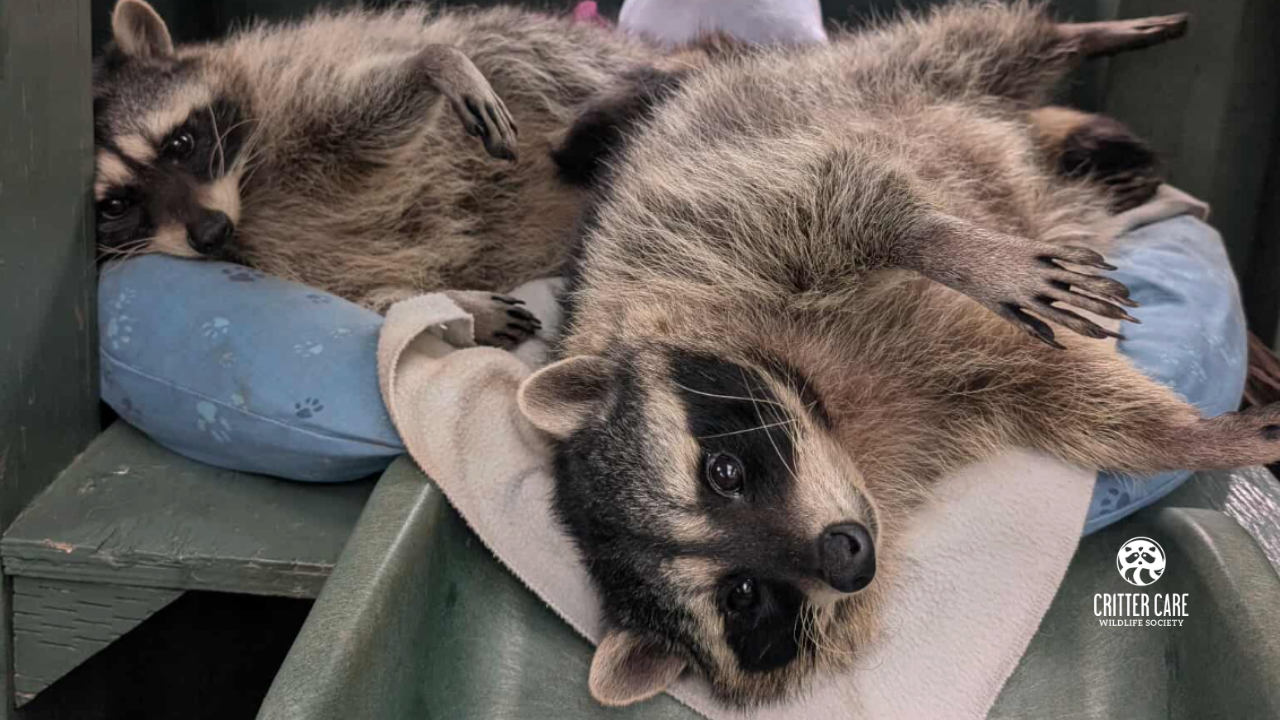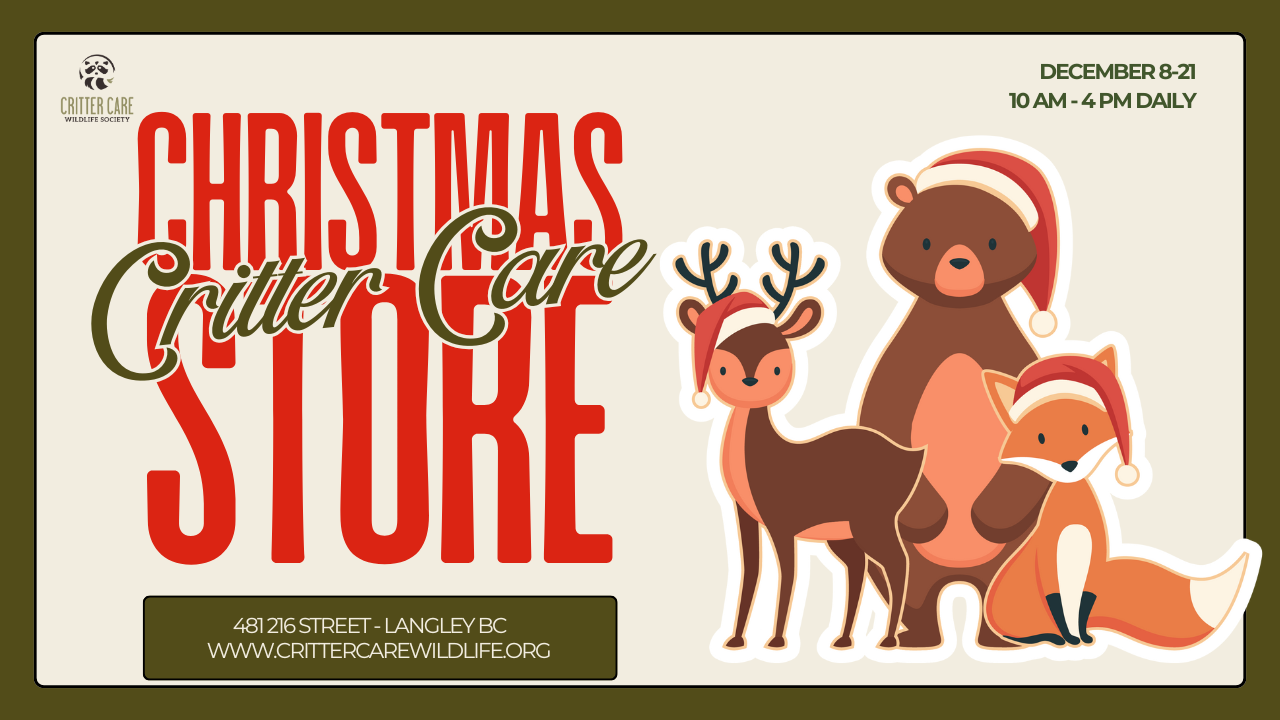Wildlife rehabilitation is the process of providing aid to injured, orphaned, displaced, or distressed wild animals in such a way that they may survive when released back into their natural habitats.
It involves a combination of science and passion, education, problem-solving, and care-giving. Inculding; the capture, examination, diagnosing, and treating the animal with veterinary care, and diet. To prepare the animal for eventual release. Wildlife rehabilitation has many benefits for individual animals receiving care. It is not uncommon to treat a variety of injuries and conditions in wild animals. Some of the more frequently seen conditions include wounds, such as punctures, lacerations, and bites, which are often discovered when admitting wildlife.
